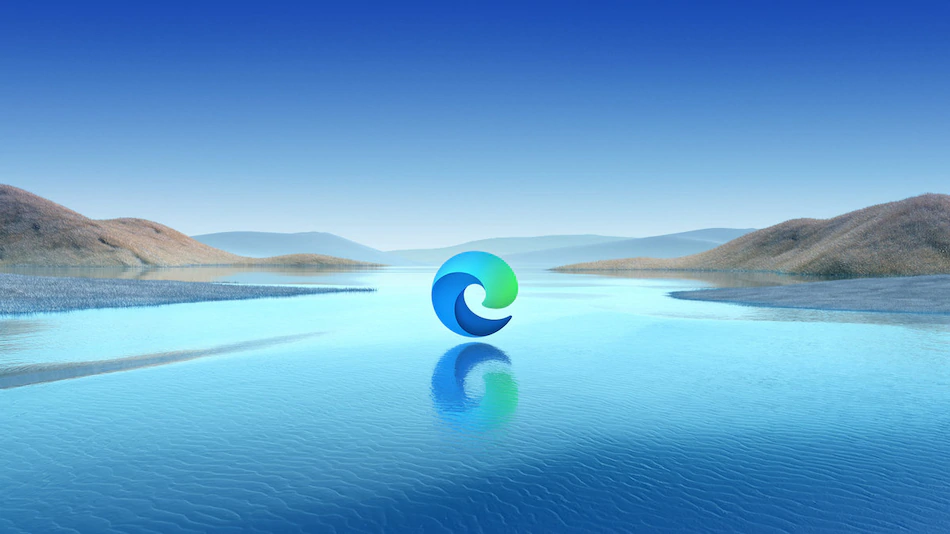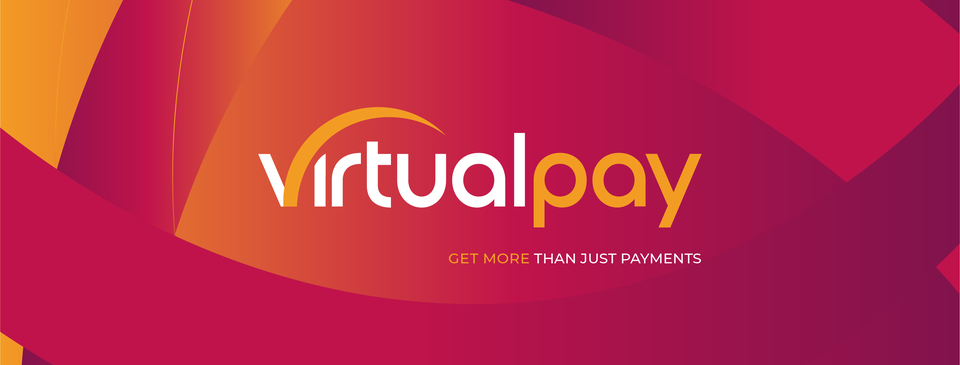Microsoft Edge is Leveraging Prompts to Discourage Users From Downloading Chrome

Microsoft has adopted a new aggressive strategy to discourage users from downloading Google’s Chrome Web browser. When users try to download Chrome using Microsoft Edge, the Redmond-based company now displays prompts that discourage them from downloading and installing Google’s Web browser.
The prompts are available for both Windows 10 and Windows 11, though only a few users are currently receiving them. Google also tries to persuade users to use Chrome rather than Edge by displaying messages when they use its services such as Google Search and Gmail. However, Microsoft’s approach is distinct and more visible than Google’s, as the Windows maker displays the prompts natively on its Edge browser.
When a user navigates to the Chrome download page, Microsoft Edge displays prompts just below the address bar, as first noticed by Neowin. The prompts do not appear in the form of a pop-up or notification that a website can send to a user’s browser. Instead, they appear natively on Edge as a warning alert, similar to the one asking for permission to access your location or microphone.
“Microsoft Edge runs on the same technology as Chrome, with the added trust of Microsoft,” says one of the prompts. There’s also a message that says, “That browser is so 2008!” Do you want to know what’s new? Edge by Microsoft.”
According to The Verge, the prompts to prevent users from downloading Chrome are not limited to a single Windows version, but appear on at least both Windows 10 and Windows 11. However, not all users are currently seeing them. It is also unclear whether the update is limited to Windows, as no such prompts have been reported for macOS or other platforms.
Gadgets 360 has reached out to Microsoft for clarification on the matter and will keep readers updated as soon as the company responds.
This is not the first time Microsoft has taken steps to discourage users from installing third-party browsers such as Chrome. Back in 2018, Microsoft tested a ‘warning’ to prevent Windows 10 users from installing Chrome and Firefox. Microsoft also made it more difficult for Windows 11 users to change their default browser.
Furthermore, on Windows 10 PCs, Microsoft displays pop-ups recommending the Edge browser and the Bing search engine over Google and other third-party services.
According to Web analytics platform Statcounter, Microsoft’s ongoing tactics aren’t helping the company much because Chrome still leads the Web browser market with a 64.04 percent share, while Edge is third with a 4.19 percent share.







